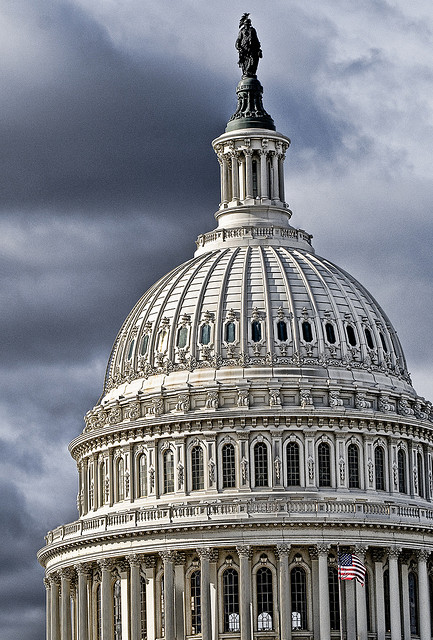A proposed overhaul to Arizona’s public safety pension system sped through the state Senate on Thursday and is now headed for the House.
Pension360 covered the proposal earlier this week.
Unlike most bills proposing pension changes, this one is newsworthy because it has a real chance at becoming law; talks around the bill have been going on for months, and numerous parties – lawmakers, state officials, labor groups – have all been involved.
The bill passed the Senate unanimously on Thursday by a 28-0 vote.
More from the Arizona Republic:
Besides changes to cost-of-living adjustments, major provisions include a new tier for newly hired police and firefighters that limits maximum pension payments and requires employers and employees to share equally in payments to retirement accounts. New hires also would be given a choice of opting for a 401(k) style retirement plan rather than a plan with a guaranteed pension.
Current employees pay about 11 percent of their pay into the retirement plan, but employer contributions aren’t capped.
[…]
If the House and Gov. Doug Ducey follow the Senate in approving the package, voters will be asked to approve the deal in May, because current retiree cost-of-living adjustments would be lowered under the plan from 4 percent a year to a maximum of 2 percent.
The issue is pressing because public agencies have seen contribution rates to the Arizona Public Safety Personnel Retirement System soar to make up for the underfunding.
Peoria Republican Sen. Debbie Lesko negotiated the deal with public safety unions and employers across the state, making good on a promise she made a year ago.
“I had told the governor and his staff a number of months ago my goal was to pass major pension reform and do it unanimously,” she said as she explained her vote. “And I got some laughs and I got some chuckles, but hey, I think we’re going to get it done.”
As noted in the article, voters would have to approve the measure at the ballot box.
Photo credit: “Entering Arizona on I-10 Westbound” by Wing-Chi Poon – Own work. Licensed under CC BY-SA 2.5 via Wikimedia Commons








